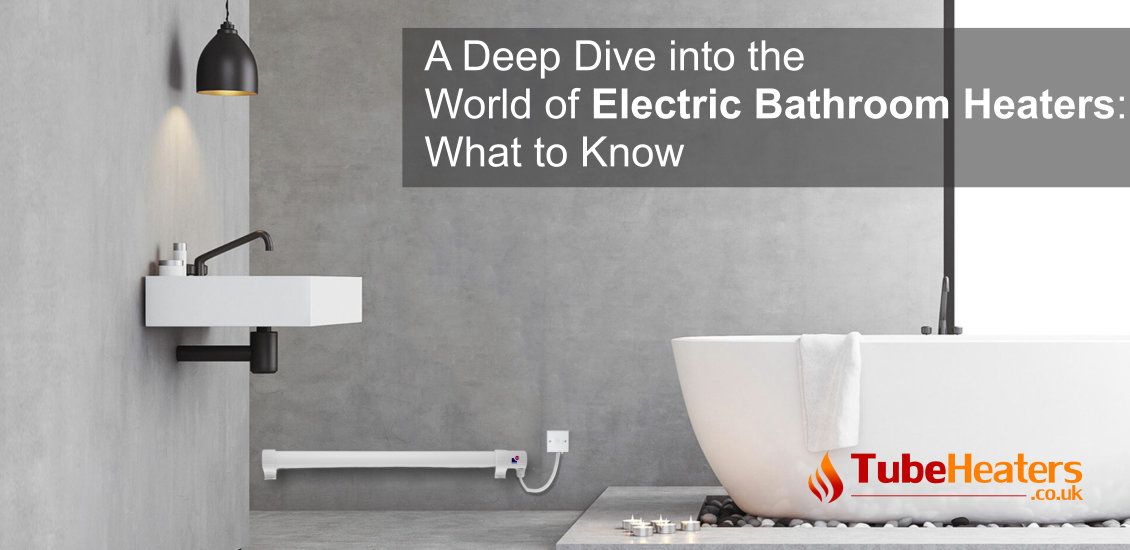
Stepping into a warm bathroom on a chilly morning is one of those small luxuries that make all the difference, and this is where electric bathroom heaters come into play. Not just any heater suits the unique, humid environment of a bathroom, which is why selecting the right one is crucial. Their ability to transform your bathroom into a cosy retreat while ensuring safety and energy efficiency highlights their significance in modern homes across the UK.
This article delves deep into what makes electric heaters perfect for your bathroom, covering types, benefits, and key considerations such as safety standards and IP ratings. You’ll discover the diverse range of electric bathroom heaters— from sleek, wall-mounted units to compact, floor-standing models — and learn how to pick the best one for your space. We’ll also explore cost considerations, including the most energy-efficient bathroom heaters and tips on how to heat your bathroom cheaply without sacrificing warmth or well-being. Whether you’re considering upgrading your existing heating system or installing a new one, understanding these elements will ensure you make an informed decision that meets both your needs and budget.
Types of Electric Bathroom Heaters
When selecting a small bathroom radiator, it's essential to consider the type that best fits your space and needs. Here, we explore the various options available, ensuring both functionality and safety.
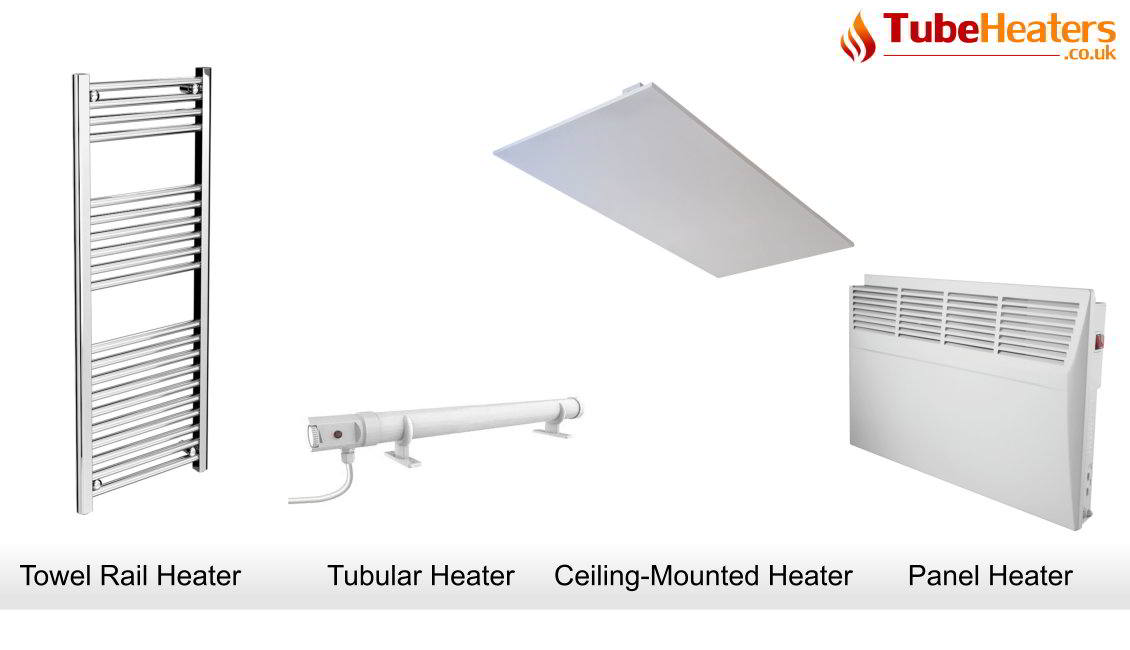
Wall-Mounted Heaters
Wall-mounted heaters are a popular choice for their space-saving design. These heaters distribute heat evenly throughout the room without taking up floor space. They are particularly effective in smaller bathrooms where efficiency and space utilisation are key.
Ceiling-Mounted Heaters
For those who prefer an even more discreet heating solution, ceiling-mounted heaters are ideal. Positioned out of the way, these units release heat from above, providing a comfortable warmth that does not interfere with the room's aesthetics.
Panel Heaters
Panel heaters offer a sleek and modern design, blending seamlessly into your bathroom decor. These are typically slim and can be either wall-mounted or freestanding. Their efficiency is notable, often being ERP Lot 20 Compliant, which meets the highest European energy-efficient standards.
Towel Rail Heaters
Towel rail heaters serve a dual purpose: they not only warm the bathroom, but also keep your towels dry and cosy. These pieces are perfect for creating a spa-like experience in your home, so you'll be sure to emerge from the shower with a warm towel.
Each of these small bathroom radiator types is designed with safety in mind, often equipped with IP ratings suitable for bathroom use, ensuring they are splash-proof and safe from steam and moisture. Choosing the right type depends on your bathroom's size, layout, and your personal preferences for heat distribution and aesthetics.

About the Author: Noah Williams
At TubeHeaters.co.uk, Noah Williams combines engineering expertise with a passion for sustainable heating. For over 10 years, he’s fine-tuned systems for spaces where traditional heaters fail, offering smart fixes for frost, humidity, and uneven warmth. Noah’s guides simplify complex choices, so you invest in exactly what your space needs.
Benefits of Using Electric Heaters in Bathrooms
Energy Saving
Electric bathroom heaters are usually designed to be highly energy-efficient. This compliance ensures they meet the highest European standards for energy efficiency, which can significantly reduce your heating bills. By focusing on energy-saving features, you can enjoy a warmer bathroom experience without worrying about excessive electricity consumption.
Quick and Efficient Heating
Whether you choose wall-mounted, ceiling-mounted, or slimline panel heaters, electric heaters are known for their quick and efficient heating capabilities. A heater can quickly warm up your bathroom, making it perfect for cold mornings. Their design provides better heat distribution, providing a warm and fast space.
Prevention of Dampness
Using a small bathroom radiator not only provides comfort but also helps prevent dampness. Bathrooms tend to accumulate too much, which can lead to illness. Umbrellas help keep the environment dry, reduce the risk of sun damage, and protect health.
Understanding what ERP Lot 20 Compliance means
ERP Lot 20 compliant means that an electric heater meets the highest energy efficiency standards. It's a guarantee that the small bathroom radiator is energy efficient and cost-effective. Lot 20 is a part of the EU's EcoDesign Directive. It is a plan to reduce Europe's energy usage by 20% before the year 2020. It is a standard that all manufacturers must comply with to ensure that heating products are produced in the most environmentally friendly way possible. The directive covers all electrical appliances, including electric heaters, and is divided into different "lots" to make it easier to govern and introduce specific rules for each lot. Lot 20 is one of the most important lots, and it specifically covers electric heaters.
LOT 20 compliance does not apply to tubular heaters because of specific regulations and exemptions within the Ecodesign Directive.
The Ecodesign Directive, also known as LOT 20, sets minimum energy efficiency requirements for certain types of products sold in the European Union. However, tubular heaters are explicitly exempt from the scope of LOT 20 compliance.
Understanding IP Ratings
What Are IP Ratings?
Electric heaters, like other electrical appliances, are assessed by their IP (Ingress Protection or International Protection) ratings. These ratings are crucial as they indicate compliance with international and British standards (EN 60529), ensuring the appliance's protection against elements like dust, accidental contact, and water intrusion. For safe usage in your bathroom, your small bathroom radiator should have at least an IP X4 rating, which is the minimum requirement for bathroom installations in the UK. This rating assures that the device is protected against splashing water, allowing you to enjoy a warm bath without safety concerns.
Common IP Ratings for Bathroom Heaters
When choosing electric bathroom heaters, it's essential to consider IP ratings that suit the humid and wet conditions of a bathroom. The most common IP ratings for these heaters are IP X4 and above. These ratings ensure that the heaters are splash-proof and safe from steam, which is typical in bathroom environments. Heaters with these ratings are designed to handle the specific challenges posed by bathroom moisture, providing both safety and functionality.
Why IP Ratings Matter
Understanding IP ratings is not just about compliance but also about ensuring safety and durability in challenging environments like bathrooms. A higher IP rating means better environmental protection, which can significantly extend the heating time. These standards also indicate the quality and safety of the product, so you can be sure that the heater can perform well in wet conditions without risk of damage or danger.
Key Features to Consider
When choosing an electric bathroom heater, several key features should be prioritised to ensure safety, efficiency, and convenience. Here's what you need to look for:
Safety Certifications
Safety is paramount in bathroom environments due to the presence of water and humidity. Ensure your electric heater has the necessary IP rating, such as IP X4, which makes it safe for bathroom use in the UK. This rating guarantees protection against splashes and steam, ensuring your safety while you enjoy the warmth.
Energy Efficiency
To manage your energy costs effectively, opt for heaters that are ERP Lot 20-compliant, like Morris tubular heaters. These models are designed to meet strict European energy efficiency standards, helping you reduce your carbon footprint and keep your bathroom warm.
Ease of Installation
Consider the ease of installation when selecting your bathroom heater. Wall-mounted and ceiling-mounted options can be great space-savers and often come with straightforward installation procedures. Ensure that the installation process aligns with your DIY skills or that professional assistance is readily available.
Thermostat vs. Manual Controls
Choosing between thermostat-controlled and manual heaters can affect your heating experience.
Thermostat-controlled heaters provide automatic temperature adjustments, which is convenient for maintaining consistent warmth. Morris provides the “Thermostat heat range” tubular heaters with an included thermostat.
Manual controls, on the other hand, might offer simplicity and are often more budget-friendly. Morris provides the “ECO heat range” with manual control. Optionally, and for best results, you can buy the suggested thermostat or mechanical timer. Even better, you can order them as a set (tube heater, thermostat, and guard).
By focusing on these features, you can select an electric bathroom heater that not only enhances the comfort of your bathroom but also adheres to safety standards and energy efficiency, making it a worthwhile investment for your home.
Installation Tips
DIY vs Professional Installation
When considering the installation of your electric bathroom heater, you should evaluate whether a DIY approach is suitable or if professional installation is necessary. For complex systems like infrared heating panels or integrated heating systems, it's advisable to hire a qualified electrician. This ensures compliance with UK safety regulations and optimal functionality of your heating solution.
Safety Precautions
Safety should be your primary concern during installation. Ensure that your electric heater complies with the necessary IP ratings for safe use in wet environments. Always follow the manufacturer's guidelines to avoid improper placement that could lead to hazards such as overheating or electrical malfunctions.
Bathroom zones and IP ratings
The bathroom is divided into different zones, each with specific requirements for the electrical safety of any installed heating solutions:
Zone 0
This is the interior of the bathtub or shower enclosure itself. Any device in this zone must have a minimum IP rating of IPX7, which indicates protection against the effects of temporary submersion in water.
Zone 1
This is the area directly above the bath or shower, extending to a height of 2.25 metres (approximately 7.4 feet). Heating solutions installed in this zone must have a minimum IP rating of IPX5, providing protection against low-pressure water jets.
Zone 2
This zone extends 0.6 metres (approximately 2 feet) outward from the perimeter of the bath or shower, up to a height of 2.25 metres. Heating devices in this zone must have a minimum IP rating of IPX4 (or IP44), protecting against splashes of water from any direction.
Zone 3
Any area outside of Zones 0, 1, and 2, up to a height of 2.25 metres, is considered Zone 3. While there is no specific IP rating requirement for heating solutions in this zone, it is recommended to use products that have some level of moisture protection, as the bathroom environment can still be damp.
These zonal classifications and their corresponding IP ratings are important safety measures to ensure the proper and safe installation of electrical heating equipment in bathrooms.
Optimal Placement
The placement of your small bathroom radiator significantly affects its efficiency and safety. Wall-mounted units should be installed away from water sources and at a height that prevents direct contact with splashes. For smaller bathrooms, consider compact models that maximise space without compromising on heat distribution. This strategic placement not only enhances safety but also ensures even heat distribution throughout the room.
Cost Considerations
Initial Costs
When considering electric bathroom heaters, initial costs can vary significantly based on the type and features of the heater. It's crucial to factor in the design and efficiency you desire for your bathroom to make an informed decision that aligns with your budget.
Running Costs
Running costs are an important factor to consider, especially if you're aiming for an energy-efficient home. Electric heaters, particularly those that are ERP Lot 20-compliant, are designed to minimise energy usage while providing optimal heating. By choosing these compliant models, you can ensure lower ongoing expenses, making them a cost-effective choice over time.
Let’s give some consumption examples of the four bathroom heating models that we're comparing:
Wall-Mounted Heaters (Tubular Heaters):
Example: A 1-foot tubular wall-mounted heater starting at 55 watts.
Power consumption: 55 watts (The running cost per hour is close to 1p)
Assuming the heater is used for 2 hours per day, the daily energy consumption would be:
55 watts × 2 hours = 110 watt-hours or 0.11 kilowatt-hours (kWh) per day.
Monthly energy consumption (30 days):
0.11 kWh × 30 days = 3.3 kWh per month.
Ceiling-Mounted Heaters:
Example: A 2000-watt ceiling-mounted heater.
Power consumption: 2000 watts
Assuming the heater is used for 1 hour per day, the daily energy consumption would be:
2000 watts × 1 hour = 2000 watt-hours or 2 kWh per day.
Monthly energy consumption (30 days):
2 kWh × 30 days = 60 kWh per month.
Panel Heaters:
Example: A 1000-watt panel heater.
Power consumption: 1000 watts
Assuming the heater is used for 1.5 hours per day, the daily energy consumption would be:
1000 watts × 1.5 hours = 1500 watt-hours or 1.5 kWh per day.
Monthly energy consumption (30 days):
1.5 kWh × 30 days = 45 kWh per month.
Towel Rail Heaters:
Example: A 300-watt towel rail heater.
Power consumption: 300 watts
Assuming the heater is used for 2 hours per day, the daily energy consumption would be:
300 watts × 2 hours = 600 watt-hours or 0.6 kWh per day.
Monthly energy consumption (30 days):
0.6 kWh × 30 days = 18 kWh per month.
Please note that these are just examples, and the actual energy consumption may vary depending on factors such as the specific model, usage patterns, and environmental conditions. It's always best to refer to the manufacturer's specifications and product documentation for more accurate consumption information.
Maintenance
Maintaining electric bathroom heaters generally involves minimal effort. However, ensuring they continue to operate efficiently requires regular checks and basic upkeep. Most models, like the Morris tubular heaters, are built to last and require little maintenance, thereby reducing the long-term costs associated with repairs or replacements. Always refer to the manufacturer's guidelines for specific maintenance advice to keep your heater in excellent condition.
Conclusion
Through the exploration of electric bathroom heaters, we've established the pivotal role that such appliances play in crafting a warm and inviting bathroom experience, especially in the UK's oft-chilly mornings. From the sleek designs of wall-mounted heaters to the dual functionality of towel rail heaters, the ability to choose a unit that aligns with specific needs and preferences stands paramount. The importance of choosing a heater is based not only on its ability to dissipate heat, but also on its compliance with safety and energy standards, including IP standards, which guarantee protection against moisture and dampness in the bathroom. Our discussion of types, benefits, and important considerations such as safety certification and IP ratings highlights the importance of making the right choice, especially for those looking for solutions from popular sources such as tubular heaters.
Your query of finding the most energy-efficient and cost-effective heating solution for your bathroom has been addressed by highlighting the ERP Lot 20 compliant heaters, which stand out as the choice for ensuring reduced energy consumption without compromising on comfort. In addition, the importance given to easy installation and maintenance increases the electrical intensity even more, as a practical element in every bathroom. Finally, remember that the journey to a barrier-free, warm, and comfortable bathroom can be achieved with the help of heating devices known for their efficiency and safety. We encourage you to try heating your bathroom with a Morris tubular heater and welcome your thoughts, enriching our family with experiences and suggestions. This harmonious blend of aesthetics, functionality, and safety ensures that the decision to integrate a small bathroom radiator is not only a wise investment but a step towards elevating the overall quality of your home living space.
FAQs
What electric heaters can be used in a bathroom?
You can use various types of electric heaters that are specifically designed for bathroom use, ensuring they are splash-proof and safe. This includes ceiling- or wall-mounted heaters, which are ideal for smaller bathrooms. For safety and energy savings, you can trust the Morris tubular heaters, which come in a lot of dimensions (1 ft to 4 ft), depending on your needs.
Can I have an electric heater in my bathroom?
Yes, installing an plug-in electric heater in your bathroom is perfectly safe as long as it meets the necessary safety standards, including appropriate IP ratings like IP X4, which ensures protection against water splashes.
Do bathroom heaters use a lot of electricity?
Not necessarily. Choosing models that are ERP Lot 20-compliant or tubular heaters (excluded from the Ecodesign Directive regulations but the most energy-efficient solution) ensures that your bathroom heaters are energy-efficient, helping to keep electricity usage to a minimum.
What is the most energy-efficient bathroom heater?
ERP Lot 20 Compliant heaters are among the most energy-efficient options. These heaters comply with the highest European standards for energy efficiency, reducing your energy consumption and bills.
After reviewing the consumption examples for the different bathroom heating models (above in this article), it's clear that wall-mounted tubular heaters are the most energy-efficient solution. The 1-foot tubular heater, starting at 55 watts, has the lowest daily and monthly energy consumption compared to the other options presented. Assuming 2 hours of daily usage, the tubular heater would consume only 3.3 kWh per month, significantly less than the 60 kWh for the 2000-watt ceiling-mounted heater, 45 kWh for the 1000-watt panel heater, and 18 kWh for the 300-watt towel rail heater. This makes wall-mounted tubular heaters the most cost-effective and environmentally friendly choice for bathroom heating, providing the desired warmth and comfort while minimising energy usage and utility bills.
How can I heat my bathroom cheaply?
Opt for energy-efficient heaters like the Morris tubular heaters, starting at 55 watts of power consumption. These types of heaters provide effective heating and are cost-effective in terms of energy use.
Are bathroom heaters worth it?
Of course, bathroom heaters not only provide comfort but also add value to your home by providing a dry environment and preventing mould growth.
What is the point of a bathroom heater?
Bathroom heaters enhance comfort by warming up the space efficiently. They also help with drying towels and maintaining a mould-free environment.
How to pick a bathroom heater?
When selecting a bathroom heater, consider the size of your bathroom, the heater's energy efficiency, safety features, and compliance with IP ratings. Opt for heaters with automatic temperature controls for added convenience and energy savings.
Beyond Bathrooms: 10 Clever Ways to Use Tube Heaters Around Your Home & Outdoor Spaces
While tube heaters make excellent bathroom heaters for small spaces, their slim, energy-efficient design shines in many other applications. They’re ideal as greenhouse heaters to protect delicate plants, shed heaters to prevent tools from freezing, and airing cupboard heaters to dry clothes efficiently. Use them as wardrobe heaters to stop damp and mould, or install them for frost protection in conservatories and pipe cupboards. They also work perfectly as kennel heaters for pet comfort, boat heaters for marine use, and campervan heaters for off-grid warmth. From damp-prone cupboards to motorhomes, tube heaters deliver safe, targeted heat wherever you need it most.

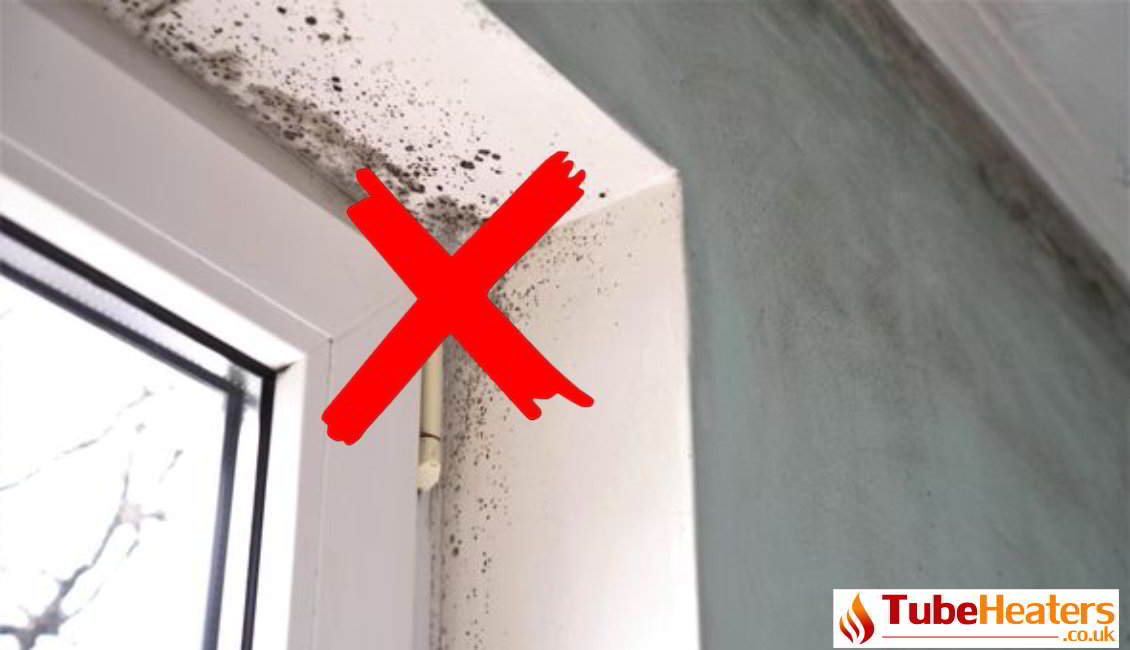
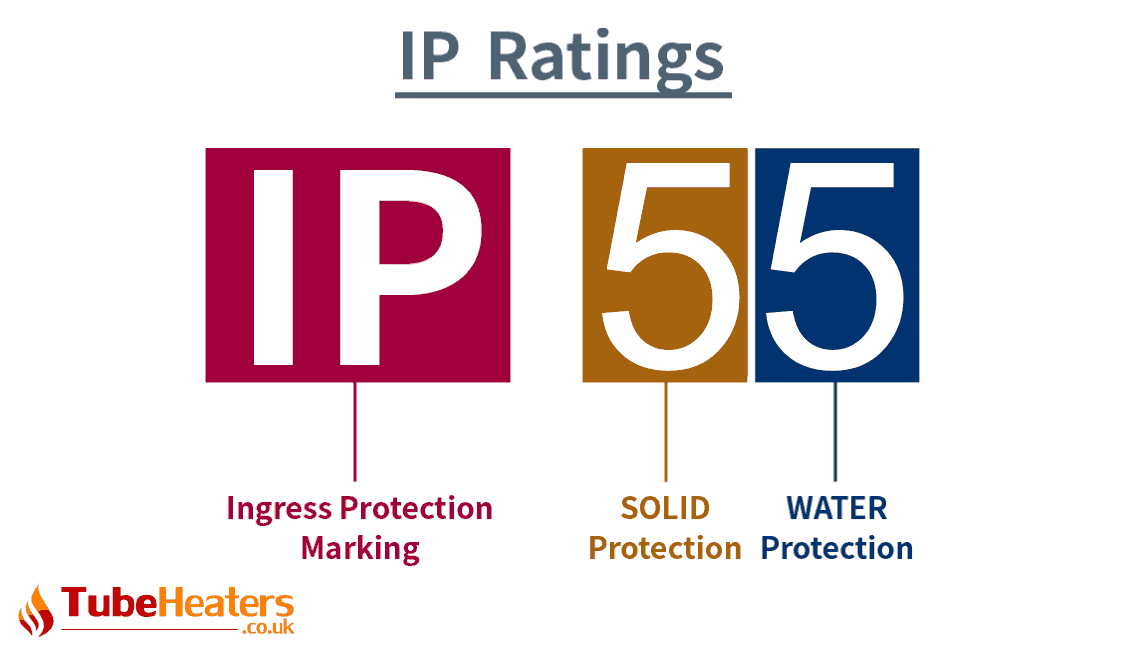
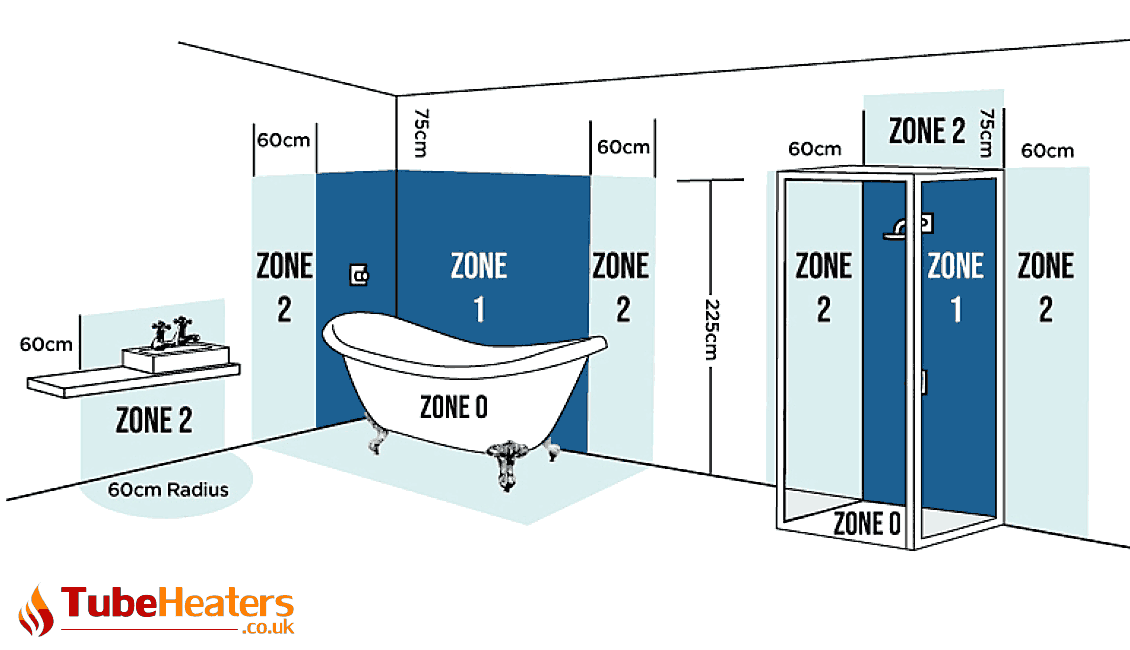

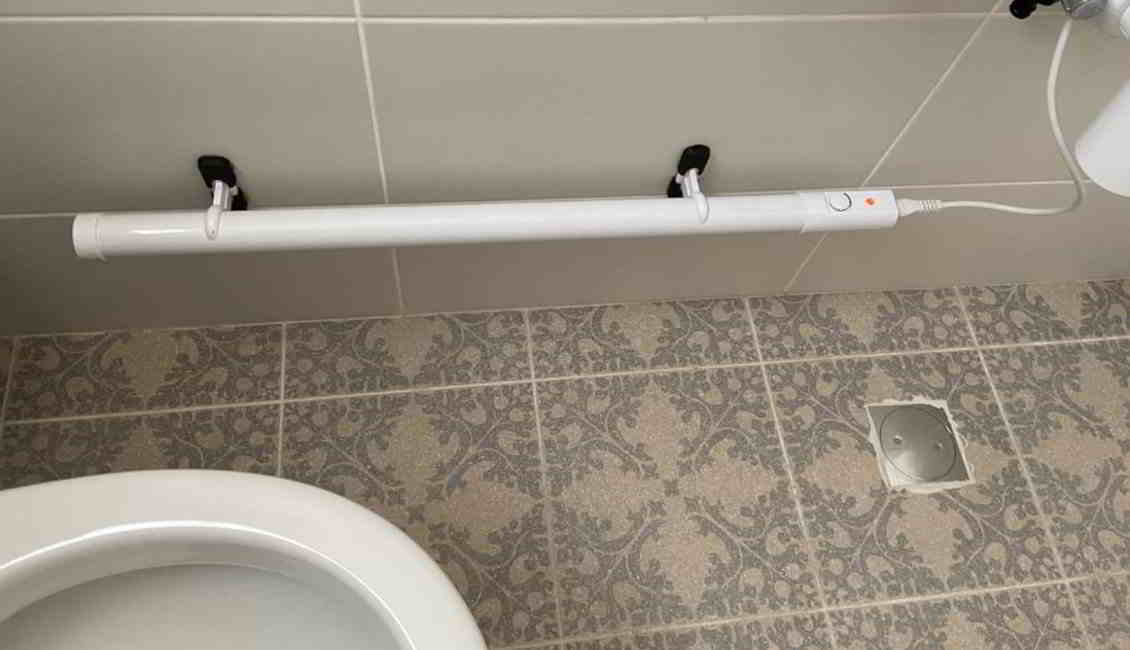

Leave a Comment